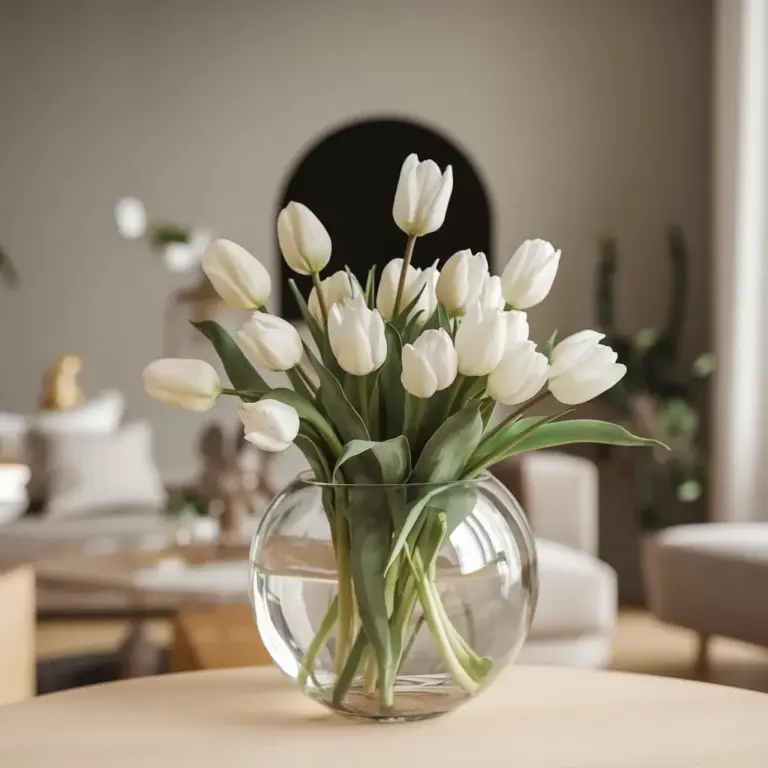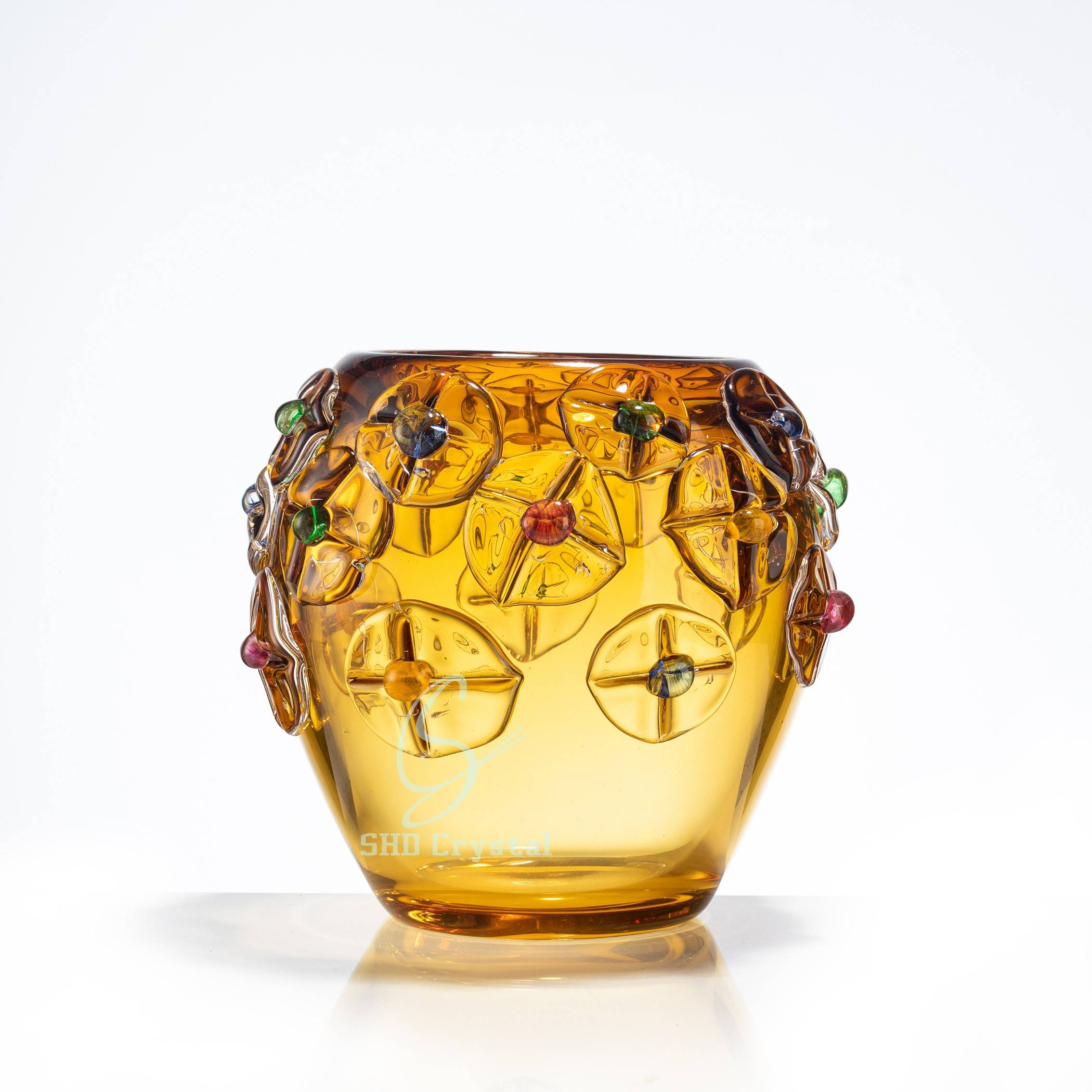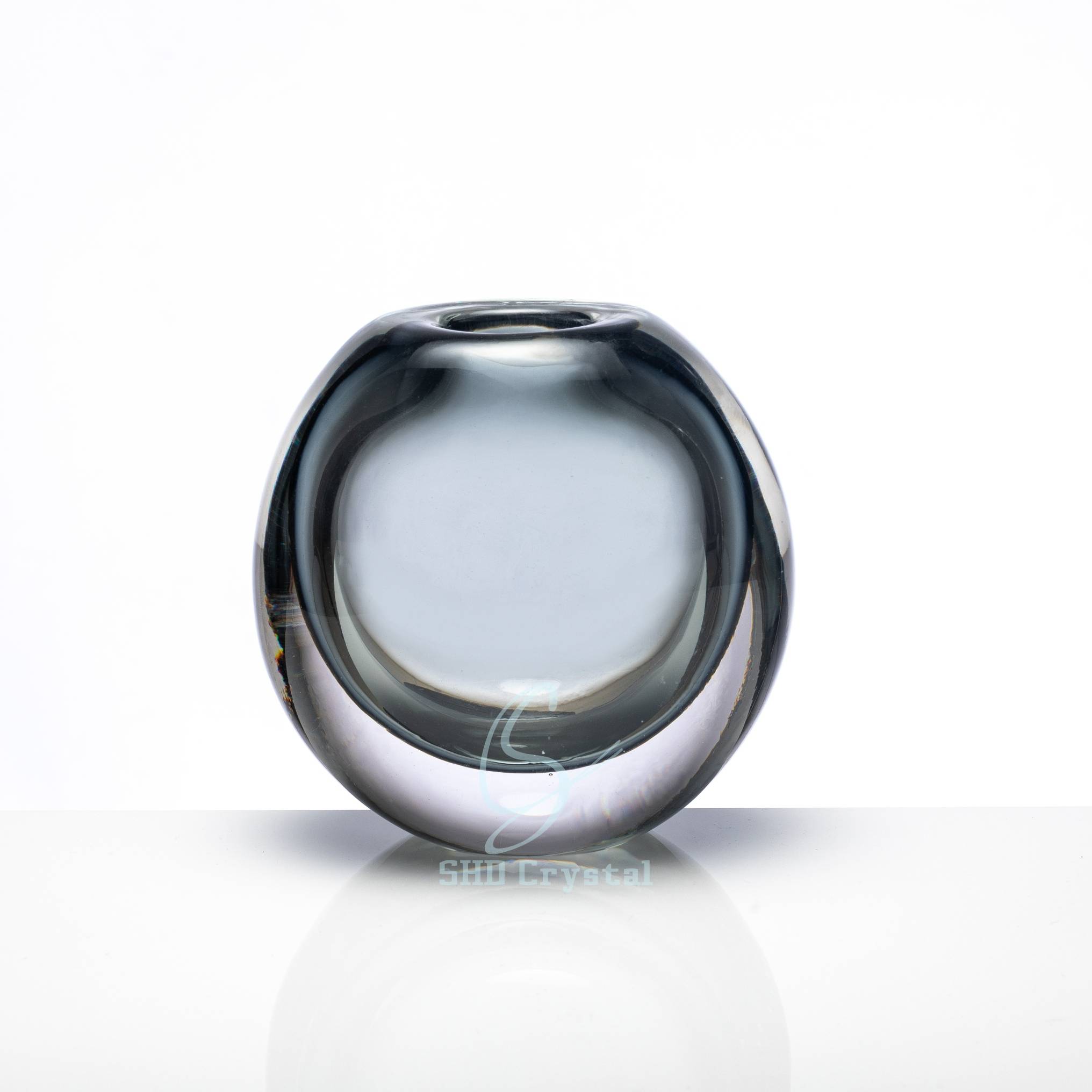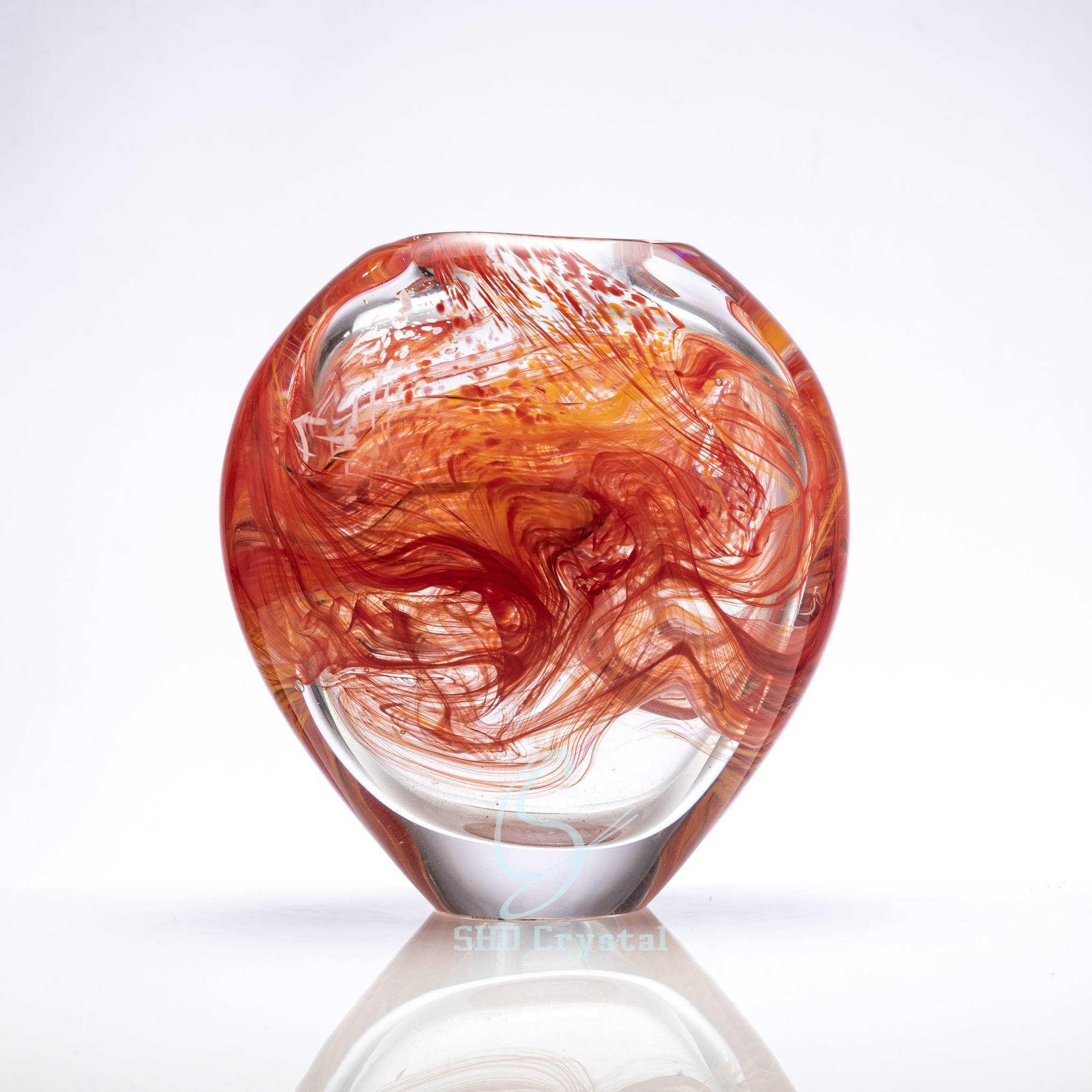> Blogs > The Art and Science Behind the Spherical Glass Vase Shaping Process
The Art and Science Behind the Spherical Glass Vase Shaping Process
Core keywords: spherical glass vase shaping process, decorative glassware manufacturing
The spherical glass vase shaping process is a craft that merges tradition and modern precision. Unlike flat or angular vessels, spherical forms demand exact control over temperature, airflow, and mold techniques. For buyers in the premium décor industry, understanding how these vases are shaped highlights the value behind custom decorative glassware manufacturing.
Spherical Glass Vase Shaping Process Explained
At the heart of the spherical glass vase shaping process is molten glass, heated to 1,200–1,400°C. The craftsman gathers a portion of glass onto a blowing pipe, rolling it on a marveler table for uniformity. With controlled breath, the bubble expands into form—this is where the artistry of the hand-blown glass vase begins. Continuous rotation prevents uneven thickness, and insertion into wooden or metal molds defines the final contour.

According to the SafeCoze blog, “What Is Annealing? “How It Strengthens Anti-Crack Glassware (2025). Proper annealing—gradual cooling after shaping—releases internal stress. This step reduces cracking risks and ensures structural integrity, a vital requirement in both decorative glassware manufacturing and crystal glass production.
At SHD Crystal, annealing has always been treated with extreme caution since the company’s early years. By maintaining consistent quality control and reducing defect rates through careful process management, the brand has earned a strong reputation among global clients. This dedication to craftsmanship ensures that every hand-blown glass vase not only meets technical standards but also embodies long-term reliability and trust.
Precision in Crystal Glass Production
The spherical glass vase shaping process directly impacts clarity, thickness, and durability. Even slight irregularities in cooling or shaping can compromise transparency. For high-end vases, annealing chambers are calibrated with strict temperature curves, allowing craftsmen to deliver consistent quality across batches.
Industry sources confirm that controlled annealing significantly improves durability compared to uncontrolled cooling. This precision is why a hand-blown glass vase is valued not only as décor but also as a reliable OEM product for brands targeting luxury interiors and gifting markets.
Market Trends and Decorative Glassware Manufacturing

The Market Research Future report “Decorative Glass Market Size, Share & Forecast Report 2034” (2024) estimates that the global decorative glass market will be valued at USD 80.44 billion in 2024, with steady growth expected through 2034 at a CAGR of 5.5%. In this expanding market, the spherical glass vase shaping process holds a distinctive position, as round designs continue to be valued for their classic appeal and flexibility across floral arrangements, event styling, and branded gifting.
For businesses, integrating decorative glassware manufacturing with modern branding needs means offering logo engraving, tinted finishes, or customized sizing. Combining the technical rigor of crystal glass production with design flexibility ensures market competitiveness.
Why Choose Expert OEM Partners?
Mastering the spherical glass vase shaping process requires decades of skill, careful material selection, and refined finishing. Whether in boutique retail or contract hospitality supply, partnering with SHD Crystal, which specializes in hand-blown glass vase production and OEM services, guarantees elegance and durability.
Here are the Spherical glass vase SKUs that have been very popular with historical customers:
Get in Touch

- : info@shdcrystal.com
- : +86-755-2335 8353
- : No. 68 Shasong Road, Shajing Street, Bao'an District, Shenzhen, Guangdong Province
Follow us


